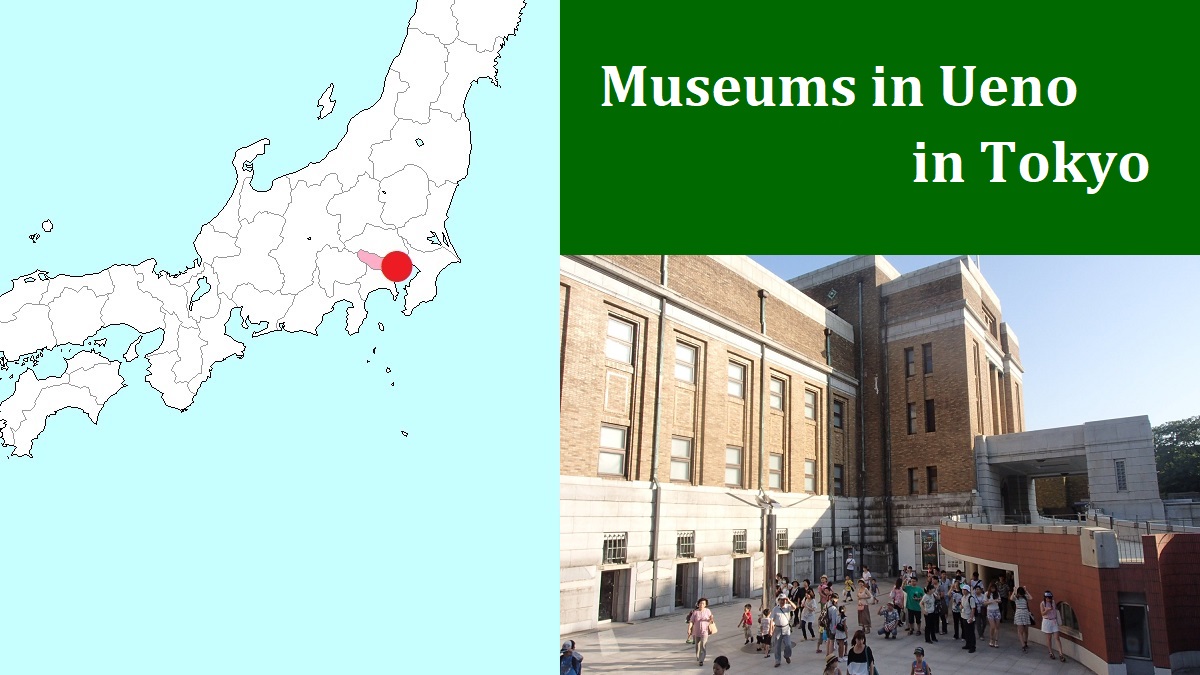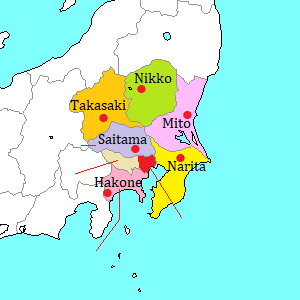Tokyo National Museum [東京国立博物館]
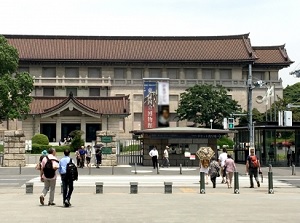
Honkan of Tokyo National Museum
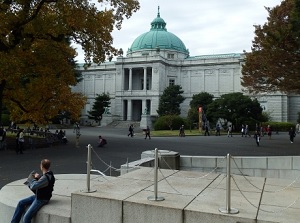
Hyokeikan
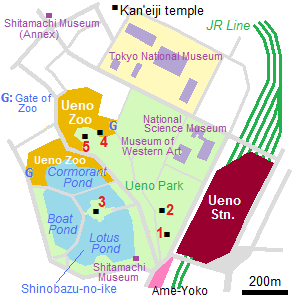
1) Statue of Takamori Saigo
2) Kiyomizu Kan-nondo 3) Bentendo
4) Five-story pagoda 5) Ueno Toshogu
Tokyo National Museum is a museum housing and exhibiting the cultural properties of Japan and the eastern Asia.
It is located the north part of Ueno Park.
It was founded in 1872, and is the oldest museum in Japan.
It houses more than 110 thousand articles, and over 80 national treasures and over 600 national important cultural properties are included in them.
This museum has five main exhibition pavilions.
Honkan (Main pavillion) (本館) is the largest building in the museum, and is called "Japanese Gallery".
In this pavillion, Japanese art and craft objects are exhibited.
On the ground floor, there are sculptures, ceramics, craftworks, the articles about Ainu and Okinawa.
On the second floor, there are art objects about Buddhism, tea celemony, samurai, Noh and Kabuki. Also we can see calligraphy and Ukiyoe (Japanese woodblock prints in Edo period) there.
Toyokan (東洋館) is called "Asian Gallery".
In this pavillion, the art and craft objects of China, Korea, Southeast Asia, India, Egypt and other Asian areas are exhibited.
Horyuji-houmotsukan (法隆寺宝物館) is the Gallery of treasures of Horyuji temple in Nara city.
About 300 articles are housed and exhibited, and most of them are the works in the 7th century.
So the works in this museum are very treasurable.
Hyokeikan (表慶館) is the gallery built in 1909, in celebration of the marriage of the Prince (later Taisho Emperor).
It is used for special exhibition.
The building is designated as a nationally important cultural property.
Heiseikan (平成館) is the gallery built in 1999, in celebration of the marriage of the Prince Naruhito.
It is also used for special exhibition.
How to get here
- Get off at Ueno station or Uguisudani (JR Yamanote or Keihin-Tohoku Line), or Keisei -Ueno station (Keisei Line)
-
Nearest stations of subway.
Ueno (●G16 Ginza Line, ●H18 Hibiya Line)
Nezu (●C14 Chiyoda Line)

